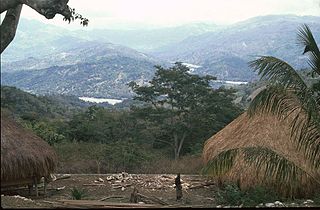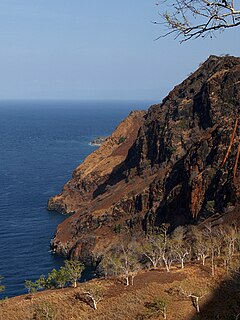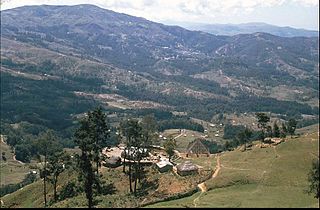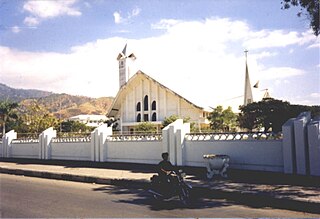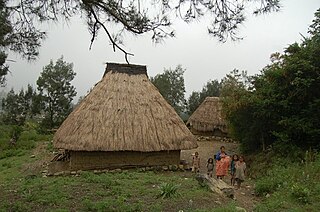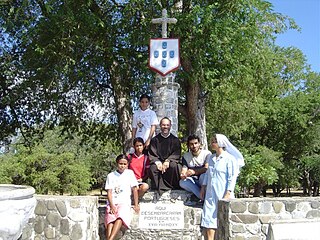This article may be expanded with text translated from the corresponding article in German. (July 2011)Click [show] for important translation instructions.
|
This article needs additional citations for verification .(December 2009) (Learn how and when to remove this template message) |
| Ermera | ||
|---|---|---|
| District | ||
Ermera | ||
| ||
 Map of East Timor highlighting Ermera District | ||
| Coordinates: 8°50′S125°23′E / 8.833°S 125.383°E Coordinates: 8°50′S125°23′E / 8.833°S 125.383°E | ||
| Country | ||
| Capital | Gleno | |
| Administrative posts | Atsabe, Ermera, Hatulia, Letefoho, Railaco | |
| Area | ||
| • Total | 768 km2 (297 sq mi) | |
| Area rank | 10th | |
| Population (2015 census) | ||
| • Total | 125,702 | |
| • Rank | 2nd | |
| • Density | 160/km2 (420/sq mi) | |
| • Density rank | 2nd | |
| Households (2015 census) | ||
| • Total | 20,671 | |
| • Rank | 3rd | |
| Time zone | TLT (UTC+09:00) | |
| ISO 3166 code | TL-ER | |

Ermera is one of the districts of East Timor, located in the west-central part of the country. It has a population of 117,064 (Census 2010) and an area of 746 km². Its capital is Gleno, which is located 30 km to the southwest of the national capital, Dili. The city of Ermera, also known as Vila Ermera, lies 58 km from the capital along the same road. In Marobo (Atsabe Administrative Post) are the remains of a hot springs bath from colonial times. The pool is still in use. [1]
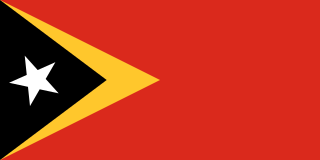
East Timor or Timor-Leste, officially the Democratic Republic of Timor-Leste, is a country in Maritime Southeast Asia. It comprises the eastern half of the island of Timor, the nearby islands of Atauro and Jaco, and Oecusse, an exclave on the northwestern side of the island surrounded by Indonesian West Timor. Australia is the country's southern neighbour, separated by the Timor Sea. The country's size is about 15,410 km2.
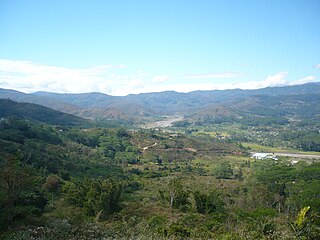
Gleno is a city in East Timor, 30 kilometres (19 mi) to the southwest of Dili, the national capital. It is in the suco of Riheu. Gleno has a population of 8,133 (2010). It lies 882 metres (2,894 ft) above sea level.

Dili, also known as “City of Peace”, is the capital, largest city, chief port, and commercial centre of East Timor (Timor-Leste). Dili is part of a free trade zone, the Timor Leste–Indonesia–Australia Growth Triangle (TIA-GT).
Ermera is one of only two land-locked districts in East Timor, the other being Aileu. It borders Liquiçá District to the north, Dili District to the northeast, Aileu District to the east, Ainaro District to the southeast, and Bobonaro District to the west.
The district was identical to that of the same name in Portuguese Timor.

Portuguese Timor refers to East Timor during the historic period when it was a Portuguese colony that existed between 1702 and 1975. During most of this period, Portugal shared the island of Timor with the Dutch East Indies.
 |  |





